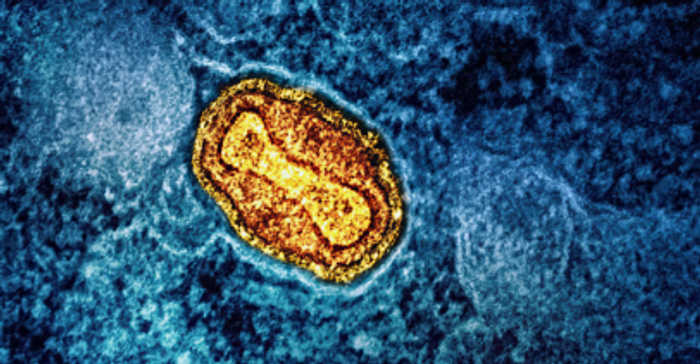Published 17:13 IST, September 24th 2024
Why Is The Mpox Clade 1b Strain More Vicious Than Clade 2?
The first individual to be confirmed with being affected by the Clase 1B strain in India has a travel history of recently visiting UAE.
- Health News
- 3 min read
The first case of Mpox in India caused by the deadly Clade 1B strain was detected in a 38-year-old individual on Monday in Kerala, post a month from this viral illness being declared as a 'Public Health Emergency' by the World Health Organisation.
The first individual to be confirmed with being affected by the Clase 1B strain has a travel history of recently having visited UAE.
Dr. Hemalata Arora, Sr. Consultant, Internal Medicine, Nanavati Max Super Speciality Hospital, Mumbai, said," Mpox Clade 1b is considered more vicious than Clade 2 due to its higher virulence, making it more capable of causing severe symptoms and complications. Unlike Clade 2, Clade 1b has a greater potential to lead to severe illness, hospitalizations, and even occasional fatalities."
“Additionally, Clade 1b may have developed mechanisms to better evade the immune system, further increasing its ability to cause more aggressive disease. These factors combined make Clade 1b more dangerous than Clade 2,” she said.
The earlier case of Mpox that was reported in India was a 26-year-old resident of Haryana who tested positive for the previous West African Clade II strain in early September
The Kerala health department has announced plans to release revised guidelines for the prevention and treatment of Mpox . The patient is stable and there is no indication of any widespread risk to the public at this time.

What is Mpox
The World Health Organisation (WHO) describes, Mpox as a viral infection caused by the monkeypox virus. It commonly spreads among human beings usually through close contact, and occasionally from the environment to people via things and surfaces that have been touched by a person with Mpox .
Who are more prone to get Mpox ?
People who have close contact with someone who has Mpox are at risk of infection. Close contact includes skin-to-skin, mouth-to-mouth, mouth-to-skin and face-to-face contact.

Common Mpox symptoms
Common symptoms of mpox include a rash which may last for 2–4 weeks. This may start with, or be followed by, fever, headache, muscle aches, back pain, low energy and swollen glands (lymph nodes). The rash looks like blisters or sores, and can affect the face, palms of the hands, soles of the feet, groin, genital and/or anal regions, according to the WHO.
Unlike Covid-19, Mpox is not airborne
Mpox primarily spreads through unprotected close physical contact with an infected person.
The virus can spread through contact with items such as bedding or clothing that have been contaminated by infected fluids.
Fluids from blisters and scabs can contaminate materials like bedding, clothing, or surfaces.
Caregivers can become infected if they do not use proper personal protective equipment (PPE) while caring for a patient.
Updated 17:27 IST, September 24th 2024